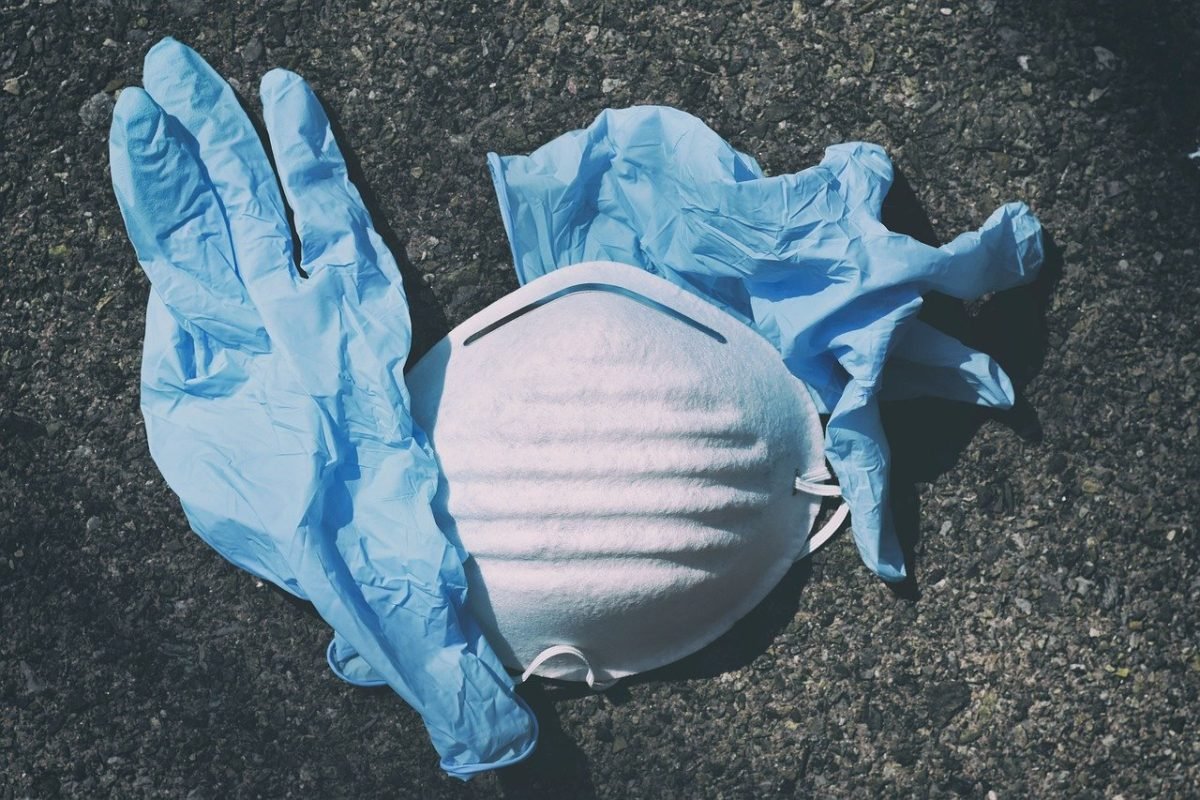
How To Manage Healthcare Waste Disposal
Medical waste management market costs increased from $10.3 billion in 2015 to $13.3 billion in 2020, according to a recent Markets and Markets analysis. Suitable waste management would almost certainly have a significant impact on these figures. Not to forget the consequences for the ecosystem.
Food, electronic, and paper waste contribute to hospital waste, but clinical care is the largest contributor. Operating rooms in the United States are estimated to account for 20 percent to 33 percent of overall hospital waste.
Research in the United States found that a single operation generated 20 pounds of trash in the form of plastic, packaging, and other materials.
Due to patient safety, economic, and efficiency concerns, more clinical equipment and supplies are now labeled as “single-use” and disposed of.
Rise of hospital waste
Disposable things are long available for use in health care. Since the 1960s, IV tubing has been discarded since it is nearly impossible to clean properly.
Disposable surgical drapes have been available at Women’s College Hospital for the past 20 years, according to Victoria Noguera, head of perioperative services and gynecology.
According to Cassandra Thiel, an assistant professor at New York University’s School of Medicine and Wagner Graduate School of Public Service, the transition toward disposables is still happening. With throwaway [surgical] tools being the latest in that trend.
Advances in production technologies also result in more cost-effective throwaway products hitting the market. Manufacturers may also be leaning toward more “single-use” things if they aren’t sure a product can sterilize completely.
When hospital officials objected, the business made a concession and labeled the apparatus as a single patient. Perhaps, allowing one woman to utilize the same equipment throughout her hospital stay.
How to cut down medical waste?
The goal is to make sure that appropriate garbage disposal is simple to understand and that employees are adequately learning. Leadership and reinforcement are also critical.
Green products, of course, might be more expensive than waste-generating alternatives due to smaller markets and the usage of more expensive materials. As a result, people will agree to purchase products in quantity to save money.
Companies are willing to pay a premium to satisfy corporate social responsibility targets in circumstances when the environmental advantages are istanbul escort bayan significant.
Here are nine suggestions for reducing medical waste:
Know the laws in your state
You should be aware of state medical waste regulations so you know what constitutes “regulated medical waste” (trash tainted by blood, urine, or other potentially infectious substances) and what does not.
Create a formal waste management strategy
The proper management of regulated medical waste should be part of your plan. Share the goals of your plan with your team so that everything is on the page. At least once a year, review your plan for any prospective policy or procedure modifications.
Educate personnel during orientation, regularly after that, and when you revise the guideline or practice.
Use reusable products instead of single-use ones whenever possible
Some sharps containers and medical tools, for example, can be cleaned and reused. Before you buy something, be sure it’s reusable. Check your state’s legislation as well as the product manufacturer’s instructions to discover if you can reuse the products.
Inpatient rooms, use compact medical waste bins
Patients and employees can easily utilize the larger containers as ordinary garbage cans. If at all possible, keep medical waste containers out of the reach of anyone besides employees.
Use separate containers
Separate the containers for “red bag waste” from the containers for solid waste collection. When bins are close together, it’s easy for employees to put stuff in the wrong ones.
Color-code waste bins to ensure proper waste separation
Use red containers for “red bag rubbish” and green ones for recycling, for instance.
Put up signs
Throughout the facility, post signs describing the types of garbage that can be for disposal of each container. Pictorial reminders and pictograms assist your employees and patients comprehend your policies and following them consistently.
Make sure the disposal policy is active
Ascertain that medications and chemotherapeutic drugs go through proper disposal. Educate employees on the necessity of not putting unused medications, bulk or trace chemotherapeutic waste, or other hazardous materials in red medical trash bags.
According to state requirements, those objects should be separate for suitable treatment (e.g., incineration).
Perform waste audits
Check-in regularly to see if waste disposal is being properly disposed of and that your policy is being followed. Share your results with your team and, if necessary, provide retraining.
Benefits of disposal waste management
Medical waste management helps your practice and your community for five reasons. Management of wastage is an important part of any medical practice.
Medical waste management, when done correctly and ethically, protects patients, medical staff, the ecosystem, and even the public in general. Failure to comply can also result in expensive fines and public PR disasters.
- It Assists you in complying with oversight bodies It’s impossible to stress the importance of adhering to federal and state regulations. Several agencies take care of medical waste management.
- Healthcare centers could potentially release waste that pollutes the land, water reserves, and animals and plants if they do not properly handle medical waste.
- Nosocomial illnesses are more likely to spread in chaotic environments. Medical waste management that is effective greatly reduces the chances of infection spreading.
- Environmental contaminants can cause widespread medical disorders including respiratory illnesses and even cancer, and used equipment can be illegally reused and sold.
- Medical waste management systems that are effective help you navigate the training, monitoring, and auditing processes with ease.
Conclusion
To conclude, disposables are more expensive in the long term. However, procurement managers tasked with cutting costs over a specified period may find disposables appealing due to their cheap upfront costs.
The potential risk of environmental contamination greatly decreases by ensuring that all medical waste products are appropriately kept, handled, and disposed of. Perhaps, the responsibility lies on both ends.
Whether it’s the medical mask supplier or the hospital management. Everyone should think of possible ways of managing the waste and its disposal.




